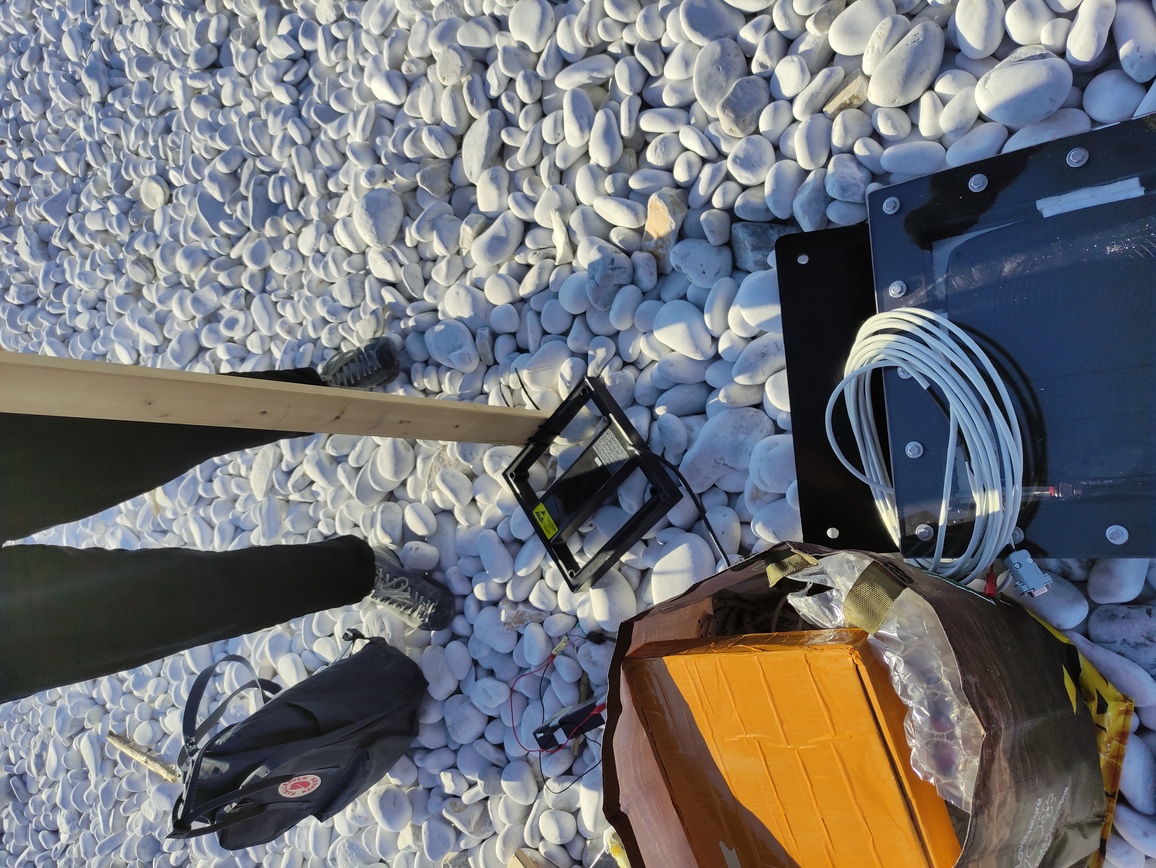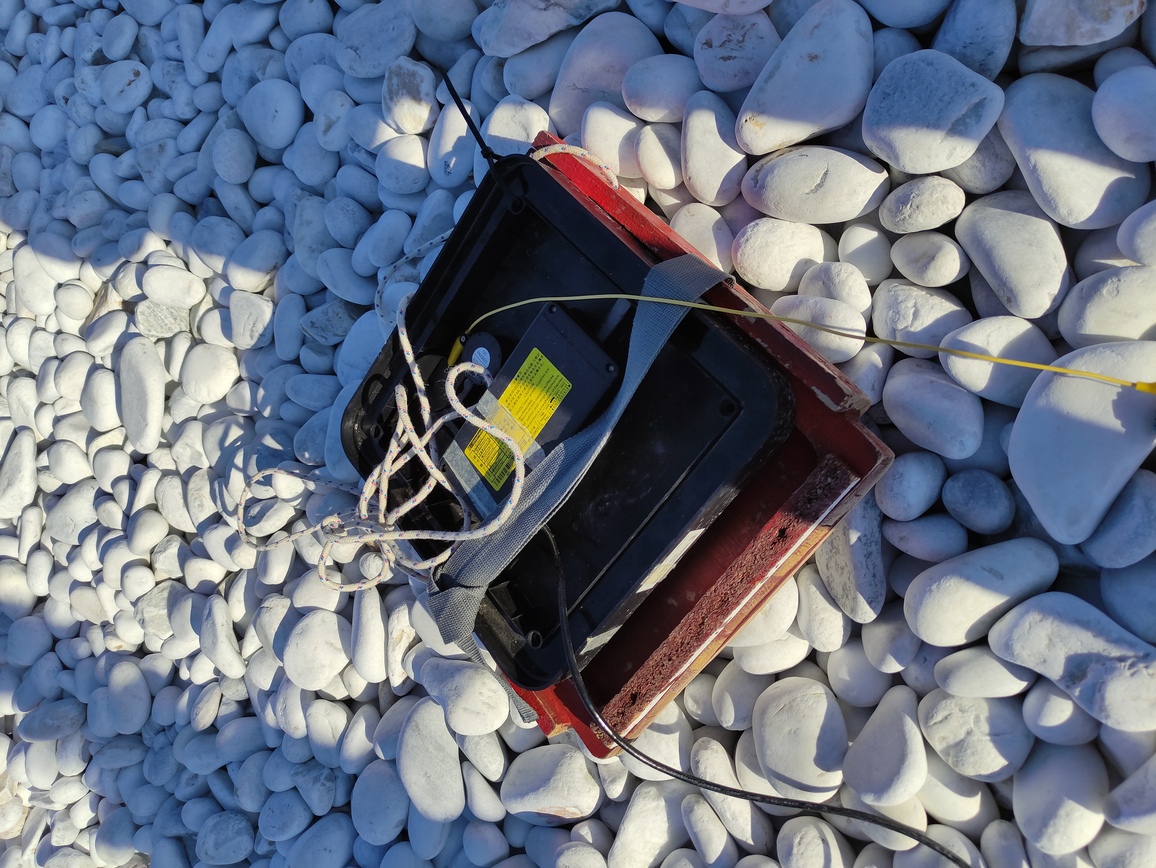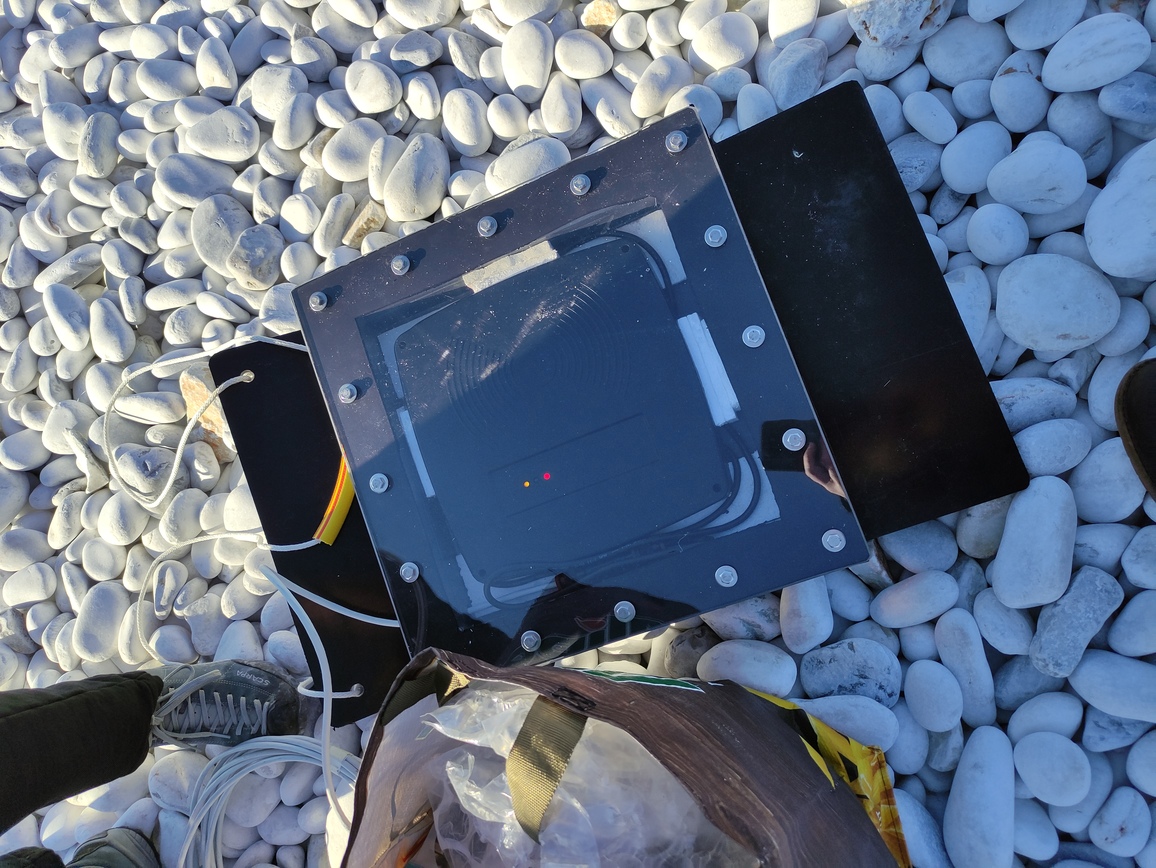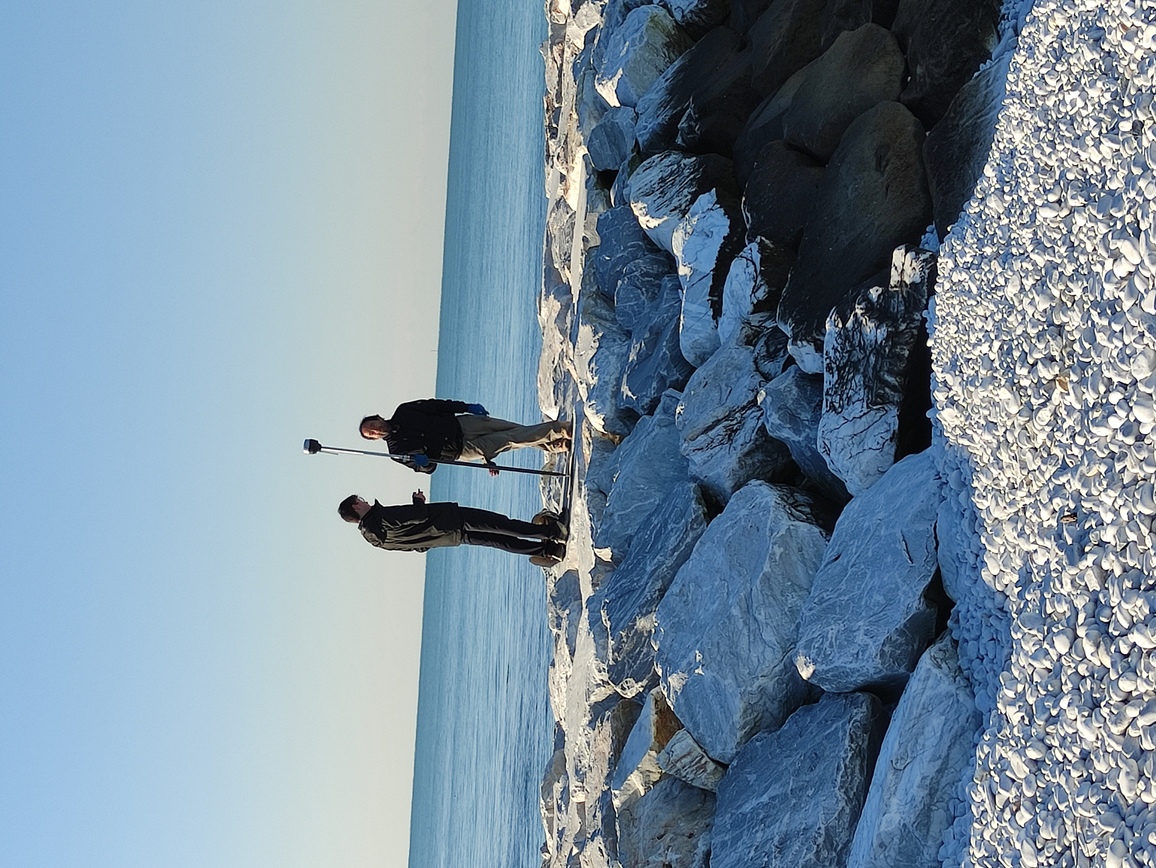Smart Pebbles
Description
Smart Pebbles are tracers composed of RFID tags installed within beach pebbles.
The RFID technique is an inexpensive and reliable methodology that is used to address sediment displacement along the coastline.
The use of low-frequency radio signals (125 kHz) enabled the detection of the marked pebbles within a range of 40 cm on the underwater and subaerial portions of the beach.
Hundred of very low cost Smart Pebbles get sampled on the beach and paired with passive transponders. Then they get released on the beach and recovery campaigns take place to track pebbles movements and changes in shape. This allows to study the morphology of the beach and the way it gets eroded.
Monitored Parameters:
Hazards:
✓ Relevant to WP3 models ✓ Relevant to the EWSS
€1,500.00
Minimum Quantity : 100
| Accuracy (error of the measurements) | Unit of measurement | Data Refresh Time (mins) | Wi-Fi Connection | 4G Connection | External Power Supply | Documentation |
|---|---|---|---|---|---|---|
| 50 cm | cm | None | False | False | False | See available docs for Smart Pebbles |
| Reference Partners | Project Name | Project Year | Reference Paper | Minimum Purchase | Spatial Density |
|---|---|---|---|---|---|
| MBI/UCD/ATU | not stated | 2012 | Reference paper | 100 | 100 |
| Purchase operations complexity | Assembly/Calibration Operations Complexity | Deployment operation Complexity | Deployment Cost | Data Analysis Operations Complexity |
|---|---|---|---|---|

| 
| 
| 
| 
|
| Citizen Science Activities Complexity | Assembly Public Involvement | Deployment Public Involvement | Data analysis Public Involvement | Target Users |
|---|---|---|---|---|
| Very easy | Medium: pebbles each pebble must be prepared, i.e., 1) drilled with a drill press to insert an RFID tag and then closed with some glue or resin; 2) 3D-scanned to register its shape. A single campaign on a tens to hundreds meter long beach typically requires 150 - 200 pebbles. Vocational schools can be involved in these activities | High: citizen can be asked to scatter the prepared pebbles on a beach | Limited: only trained citizen can use the probes for campaigns of smart pebbles detection, that can extend to underwater parts of the beach, exactly pinpointing their position. Then, the collected pebbles must be again 3D-scanned to quantify abrasion; finally, data processing on retrieval potitions and abrasion must be processed by researchers. | local groups; local authorities; schools |




